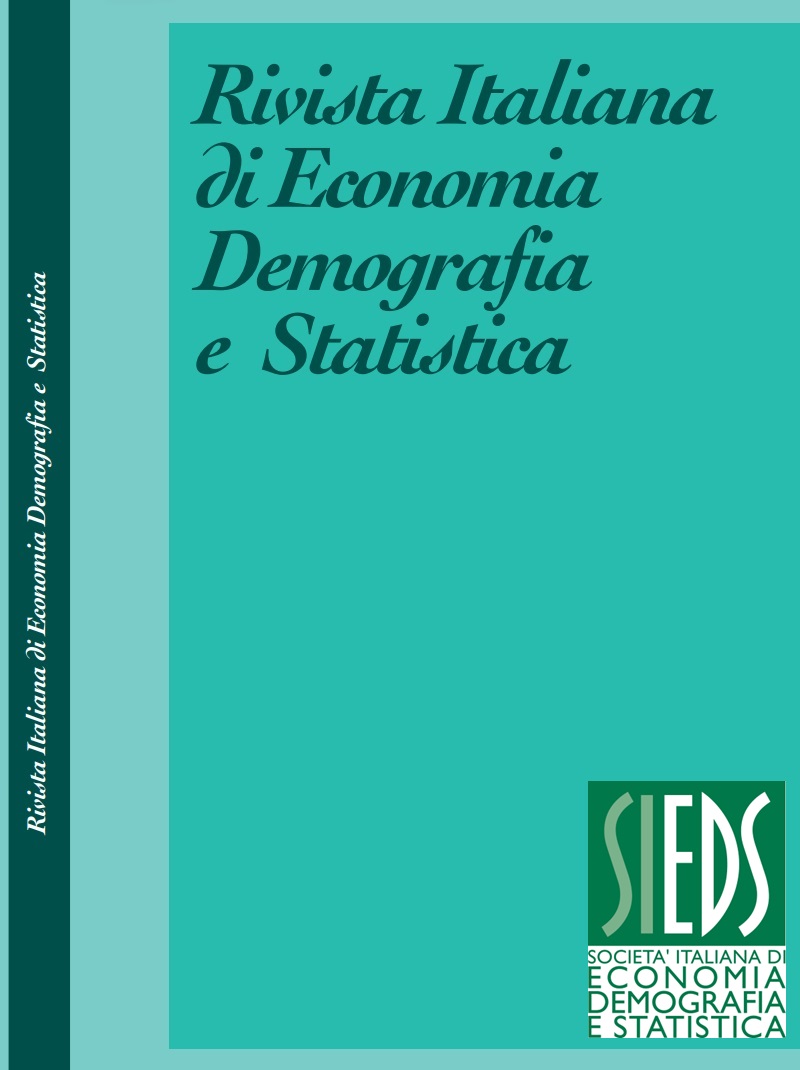Employer branding in public administration. The Istat case
DOI:
https://doi.org/10.71014/sieds.v79i3.339Abstract
The National Recovery and Resilience Plan (PNRR) and the digital transformation are imposing on the Public Administration (PA) the need to accelerate the modernization process, which also involves improving the technical-scientific skills of its employees. It will therefore be important for the PA to develop an effective culture of Employer Branding (EB). Istat’s recruitment and employer branding strategies were studied in this work. In order to understand the appeal of the Istat as a potential employer, a survey was carried out on a voluntary sample of about 600 students, Istat’s recruitment and employer branding strategies were identified through a questionnaire drafted online by the General Director.
References
AMENDOLA E. 2008. Corporate recruiting Employer branding e nuove tendenze, Bologna, Anthea Consulting s.r.l.
BERTHON P., EWIG M, LIAN H. 2005, Captivating Company: dimensions of attractiveness in employer branding, International Journal of Advertising, No. 2, pp. 151 -172. DOI: https://doi.org/10.1080/02650487.2005.11072912
BONAIUTO M., GIACOMANTONIO M, PUGLIESE E., LIZZANI G. 2010, Employer branding: how to measure its efficacy, MICRO & MACRO MARKETING, Bologna, No. 1, pp 7-26.
CAMISASCA M., SCREPANTE I. 2023, Human resources recruitment in italian public sector post covid 19: demographic characteristic, gender compositions, education for a new public employer branding. Focus on Istat experience, Rivista Italiana di Economia Demografia e Statistica, Vol. LXXVII No. 1, pp. 109-120.
COLLINS C.J. 2006, The interactive effects of recruitment practicesand product awareness on job seekers’employer knowledge and application behaviorus, Journal of applied psychology, Vol. 92, No. 1, pp. 180-190. DOI: https://doi.org/10.1037/0021-9010.92.1.180
INGRASSIA R. 2017. L’Employer branding nelle organizzazioni pubbliche, Rivista Trimestrale di Scienza dell’Amministrazione, No. 2, pp. 22- 40.
LIEVENS 2007, Employer Branding in the Belgian Army: The Importance of Instrumental and Symbolic Beliefs for Potential Applicants, Actual Applicants, and Military Employees, Human Resource Management, Vol. 46, No.1, pp. 51-69. DOI: https://doi.org/10.1002/hrm.20145
OECD 2019, OECD, Recommendation of the Council on Public Service Leadership and Capability, OECD/LEGAL/0445
PERRY J., HONDEGHEM A. 2008, Building Theory and empirical evidence about public service motivation, International Public Management Journal, Vol. 11, No. 1, pp. 3-12. DOI: https://doi.org/10.1080/10967490801887673
Downloads
Published
Issue
Section
License
Copyright (c) 2025 Antonella Bianchino, Irma De Marco

This work is licensed under a Creative Commons Attribution 4.0 International License.



